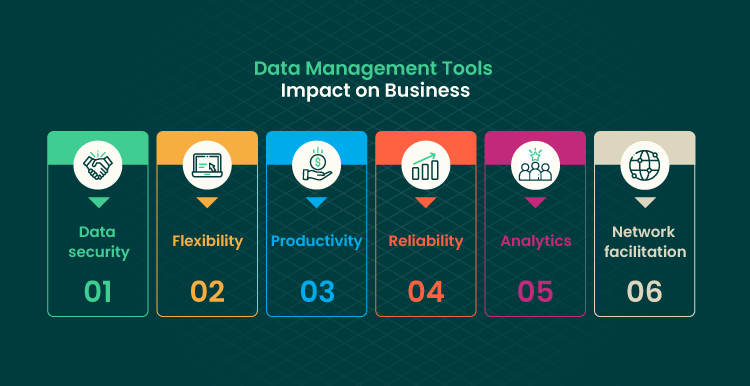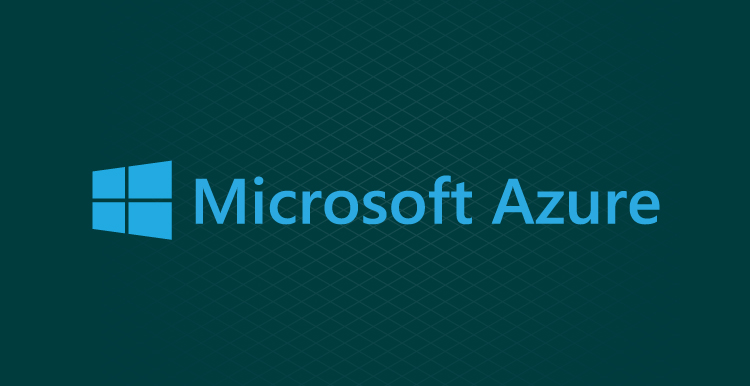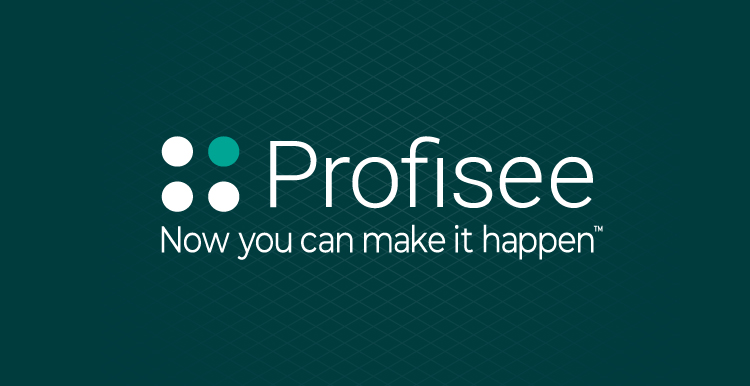By 2027, the global data management market size is expected to reach $190 billion. The more your business grows, the biggest your database becomes. What issues may you face while expanding your database? These could be problems with data management, tech bugs, storage issues, etc. To prevent this from happening, you need to elaborate on a clear data management strategy and use an effective data management tool for high convenience and quick data access.
4 in 5 companies, which stands for nearly 83%, consider data an indispensable part of the process of building their strategies. Meantime, more than half recognize the adverse influence of inaccurate data on their business effort. But as Charles Babbage once said, “Errors using inadequate data are much less than those using no data at all.”
To eliminate risks, you need to have powerful data management software that will help run all data-related processes effortlessly. In this blog post, we will talk about data management tools, their basic features, types, benefits, and challenges. It will help you shape data management best practices that meet the needs of your business.
What Is Data Management?
Before we define data management, let’s explain why and where we need data. Data is used for making the right product recommendations in ecommerce, analyzing credit scoring in banking and BaaS, improving traditional practices in healthcare, and much more. Data management refers to storing, validating, refining, and structuring data to ensure its effective use for business purposes.
Data management tools, in turn, provide users with numerous functions for making it easier to execute all these processes. The main function of such tools is to automate data management for higher productivity and time efficiency.
Data management software is not the same as data storage. Data storage is a tool allowing you to store data only. Unlike storage, data management tools presuppose the active involvement of a user in the processes associated with data.
Benefits of Data Management Tools
A good tool is based on the following data management principles:

- Data security. You keep your data in a safe place and have a data backup in case of some tech bug, website crash, and data loss. This will ensure data security and let you feel safe about your organization’s data.
- Flexibility. As you grow your business, the volume of data also increases. By using a data management tool, you get unlimited opportunities for scaling up without facing obstacles to data management.
- Productivity. You save your employees’ time by automating all processes related to data. Storing, structuring, and searching data is a matter of a few seconds.
- Reliability. Data architecture management reduces the possibility of errors or redundancies and increases data accuracy and reliability.
- Analytics. By storing everything in one place, you get a clear picture of your target audience, your business processes, the progress you make, and the measures to take to grow faster.
- Network facilitation. Your partners, stakeholders, and employees can get access to the tool of your choice and keep track of all essential data management processes to instantly get updated and informed.
Types of Data Management Tools
Depending on your goals, you may use different types of data management systems. There are six main categories to choose from:
- Data visualization tools. With the help of such software, users visualize data. You see what tendencies prevail, how the figures change with the course of time or under the influence of some factors, what affects data quality, and so on. These are Google Charts, Tableau, Infogram, etc.
- Data analytics tools. This data management technology gathers data from the given source and analyzes it to draw conclusions and help you generate insights from the output. For instance, Microsoft Excel, Looker are used for data analytics.
- Cloud data governance solutions. These tools function based on cloud computing. It enables data managers to integrate data from different sources into one place. Also, you can share access to the tool with your team across the globe with no need to download or install the tool. Such tools include Microsoft, Amazon, and Google data software.
- Master data management tools. Master data include various identifies that give business context to raw figures. Such software enables users to manage, visualize, and process master data to be used for business purposes. Profisee and Dell Boomi are examples of master data management software.
- ETL tools. ETL stands for extract, transform, load. In fact, ETL software is aimed to help users move data safely across different systems. This process may involve different stages of data transformation, such as changing the format, presentation way, and so on. ETL tools, for instance, include Hevo Data, Luigi, Kafka.
- Data integration tools. The name of this software type speaks for itself. Data integration software is used for the process of integrating data from the source to a system. Examples of such tools include Stitch Data, Fivetran.
Best Data Management Tools
Now, let’s review a couple of data management tools that may help you in running your business. And no matter how big or small your company is — some of these solutions for data management are pretty much universal.
Why Cloud-Based Data Management?
With the growth of cloud technology, the price for data storage space became much cheaper. It has made companies integrate cloud-based technology into their business because of the convenience and efficiency it gives. Such solutions are particularly useful for businesses that store vast volumes of data and regularly update them.
In the cloud technology market, there are three giants — Google, Amazon, and Microsoft — that offer the most reliable services. The main benefit of using them is their universality, as many people have experience working with these cloud platforms. However, there also are numerous smaller companies offering cloud services for a lower price. The choice of software is up to you. And our task is to help you choose the right.
Google Cloud Platform

This is a complex system that includes numerous services and integrations. Its main advantage is bringing all these components together, from simple data visualization to advanced data management and analytics involving ML and AI. Among the Google Cloud Services, you may find the following:
- Google Data Studio. It uses a graphical user interface for data analysis and dashboard creation. Data Studio enables you to visualize your business figures in charts, tables, and graphs. You can check how the trends change with time or across countries or regions.
- BigQuery. This data management technology offers serverless and efficient data warehousing with built-in machine learning. This tool enables you to turn raw data into insights and predictions for more effective business decisions.
- Cloud Datalab. This software uses familiar programming languages like Python and SQL to explore data, monitor, visualize, and analyze it deeply. Tutorials and introductory stages will help you get acquainted with the tool for easy and quick use.
- Pub/Sub. With this tool, you can ingest analytic events, databases, or data lakes and stream them into BigQuery. Security and access control facilitated by data encryption make this tool a common choice for mid-sized businesses.
Microsoft Azure

The strong side of Microsoft is that it provides users with the opportunity to choose database style and the set of tools for data management. Here are the key data management solutions offered by Microsoft Azure:
- Data Explorer. This is the software for the iterative analysis of large volumes of data in real-time. You may use it to learn more about the qualities of your product, find new opportunities for your audience, increase productivity, etc.
- BLOB storage. Business users can manage data, create backups, and use BLOB as a source of data for other Azure tools or video and sound streaming. Also, with BLOB, they may ensure multiple-level access to files and process images and documents directly in a browser.
- Power BI. This tool allows for self-service data analysis with hundreds of options for data visualization. You can also integrate Excel and add custom data connectors.
- Microsoft SQL Server SSIS. Microsoft SQL Server Integration Services is software used for enterprise-level integration of relevant data. With the help of this data management technology, businesses build data-transformational solutions tailored to the peculiarities of their operations.
Amazon Web Services

Amazon Web Services provide on-demand solutions for managing data. Among the plethora of tools, we may distinguish between a few commonly used:
- Amazon Simple Storage Service. This service is also called Amazon S3 and allows for data storage and management at different scales. The best choice for intermediate storing before transferring data to the main space.
- S3 Glacier. Data managers use this tool for long-term data backup and archiving.
- Redshift. The software is based on ParAccel technology, which allows for large-scale data processing and database migrations.
- Athena and Quicksight. Athena is used for data analytics powered by SQL technology. Meantime, Quicksight offers data construction and visualization functions.
What Else Internet Has to Offer?
Here are some other data management solutions to be considered:
Hevo Data

This tool enables you to add integrations to the warehouse of your choice. For instance, you may decide to load your data to Amazon Redshift or Snowflake and select one of the many integrations. With its help, you can facilitate cloud data management, enable streaming, add SaaS apps, and so on.
If you look for an end-to-end solution for automated data collection and transformation — Hevo Data may help.
Fivetran

Fivetran is an adaptable tool for data analysis from different data sources. It contains pre-built connectors that offer you algorithms for analytics. If you decide to use it, you will face no limits on data volume to be processed by Fivetran.
If you want to use Fivetran as a centralized hub for integrated data management, the app can also meet this goal. Users can perform data integration and set KPIs to be tracked.
Profisee

This is a master data management solution that offers the function of building trusted data and sharing it with stakeholders. You do not need to code if you want to use Profisee. The tool does not require coding for reference data cleaning, processing, and standardizing as well.
This is a multi-purpose integrating software for real-time data analytics.
Dell Boomi

Dell Boomi is software that runs on Pervasive Intelligence. It combines the benefits of cloud computing with the reliability and stability of a master data hub. With this tool, you turn your data analysis into a meaningful and insightful visual experience.
Also, it provides the functionality for data quality management. The system offers data stewarding. It notifies users about duplicated data and data entry problems that should be fixed for accurate analysis.
Tableau

Tableau is a business intelligence solution aimed to change people’s view of data and its function. To get the most out of data, you need to ask the right questions. By using this tool, you can connect to multiple data sources, visualize analytic results, share them with stakeholders, build interactive maps, etc.
To set up the software and upload data from a popular web source, you will only need a few minutes of your time.
Data Management Challenges
Now you know what types of data management systems are available on the market. To choose the right tool, you need to consider the risks of data management. If your software can cover these risks, you are on the right track:
Scaling up
At first, tracking your Net Promoter Score in Excel may seem convenient. You can look at the list and manually calculate the average value. But as the number of your clients grows, you will need a tool where you can enter the data and get instant construction, visualization, and tendency analysis.
Data without purpose
You need to use data actively, trying to turn each figure into insight with a practical value. This is why you should set clear goals: what type of data to gather, what form of data to be used, what expectations you have, etc.
No unified system
You collect your data from different channels. It can negatively impact your sense of the general picture. It’s hard to visualize ecommerce trends (or another focus industry) when pieces of data are taken out of context.
Lack of a unified format
This disadvantage is related to the previous one because the lack of a unified system means storing data in different places and formats. Thus, if you want to take these data together, you may face the need for reformatting. This, in turn, may make data management time-consuming and even lead to data loss or increased cyber security threats.
Too much data with not that much value
Numbers, years, dates, again numbers. Storing all these won’t bring results — you need to reinvigorate these figures. One more challenge is the lack of value for the gathered data, and it can be solved with software that pushes users to insight generation.
Concluding Remark
In this article, we’ve discussed the topic of proper data management and the best data management system for making informed business decisions. We then showed you different types of data management solutions and their strong and weak sides to help you make the right choice.
Based on the feature and function analysis, you need to select the tool that suits your case best and can ensure the smooth and risk-free digital transformation of your business.
In brief, we advise you to do the following:
- Define the components of success for your business.
- For each component, outline the data type that characterizes it and the source of these data.
- Make the list or table of your data-dependent components and their sources.
- Find a tool that would enable you to transfer data from all these components into one place.
- Check whether the function of such a tool meets your business requirements and goals.
- If you fail to find a decent option, consider custom data management software development and look for a reliable outsourcing partner.
- Choose a solution or hire a dedicated development team who’ll build a software product for you.
- Start integrating your data into plans and business decisions.
- Influence factors and track how data changes and how the changes affect your components of success.
- Make your business strategy data-driven and enjoy all the benefits that the digital world has to offer to you.
If you need help with choosing a data management solution or look for a trusted IT consultant at any of the abovementioned stages — check the form below. Once you decide to contact us, our data management professionals will help you choose the best based on your business specifics and goals.

Our Engineers
Can Help
Are you ready to discover all benefits of running a business in the digital era?

Our Engineers
Can Help
Are you ready to discover all benefits of running a business in the digital era?








